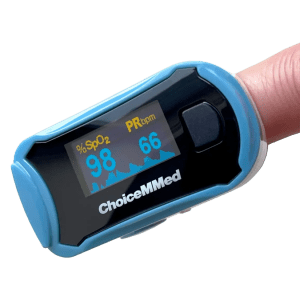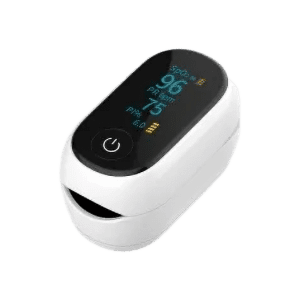In today’s health-conscious world, monitoring your health at home has never been more important. Among the plethora of health monitoring devices, the pulse oximeter stands out for its simplicity and the vital information it provides. Whether you’re a fitness enthusiast, someone with health conditions, or just someone interested in maintaining good health, understanding and using a pulse oximeter can be a game-changer. In this comprehensive guide, we’ll dive into what pulse oximeters are, how they work, and how you can use them effectively at home.
What is a Pulse Oximeter?
A pulse oximeter is a small, often portable, device that measures the oxygen saturation level (or oxygen levels) in your blood and your pulse rate. These devices work by shining light through your skin to the blood vessels beneath. By analyzing the light absorption of oxygenated and deoxygenated blood, the oximeter provides a reading of how saturated your blood is with oxygen, represented as a percentage (SpO2).

How to Use a Pulse Oximeter Correctly
Using a pulse oximeter correctly is crucial for obtaining accurate readings:
- Insert Your Finger: Place your finger, usually your index finger, into the oximeter. It’s best to ensure your hand is warm, relaxed, and held below heart level.
- Wait for the Reading: Give the device a few seconds to register the reading. Most oximeters will display your pulse rate alongside your oxygen saturation level.
- Interpret the Results: A normal oxygen saturation level ranges from 95% to 100% for most healthy individuals. Anything below this range could warrant a consultation with a healthcare provider.
Can You Use a Human Pulse Oximeter on a Dog?
This is a common question among pet owners. While the technology is similar, it’s essential to use devices specifically designed for pets to ensure accuracy. Human pulse oximeters may not provide reliable readings on animals due to differences in anatomy and fur thickness.
Choosing the Right Pulse Oximeter for Home Use
When selecting a pulse oximeter for home monitoring, consider the device’s accuracy, ease of use, and additional features like heart rate monitoring or Bluetooth connectivity. NZMDL offers a range of high-quality pulse oximeters, such as the Choicemmed Finger Pulse Oximeter and the Fingertip Pulse Oximeter Portable SpO2 Machine OLED Screen, perfect for home use.

Conclusion
Understanding and using a pulse oximeter can provide valuable insights into your health and well-being. With the convenience of home pulse oximeters, like those offered by NZMDL, monitoring your oxygen saturation and pulse rate has never been easier. Whether you’re monitoring for health reasons or as part of your fitness routine, a pulse oximeter is an essential tool in your health monitoring arsenal.
Explore our curated selection of pulse oximeters designed for home use at NZMDL’s Home Pulse Oximeter page and ensure you’re equipped to maintain and monitor your health effectively from the comfort of your home.
